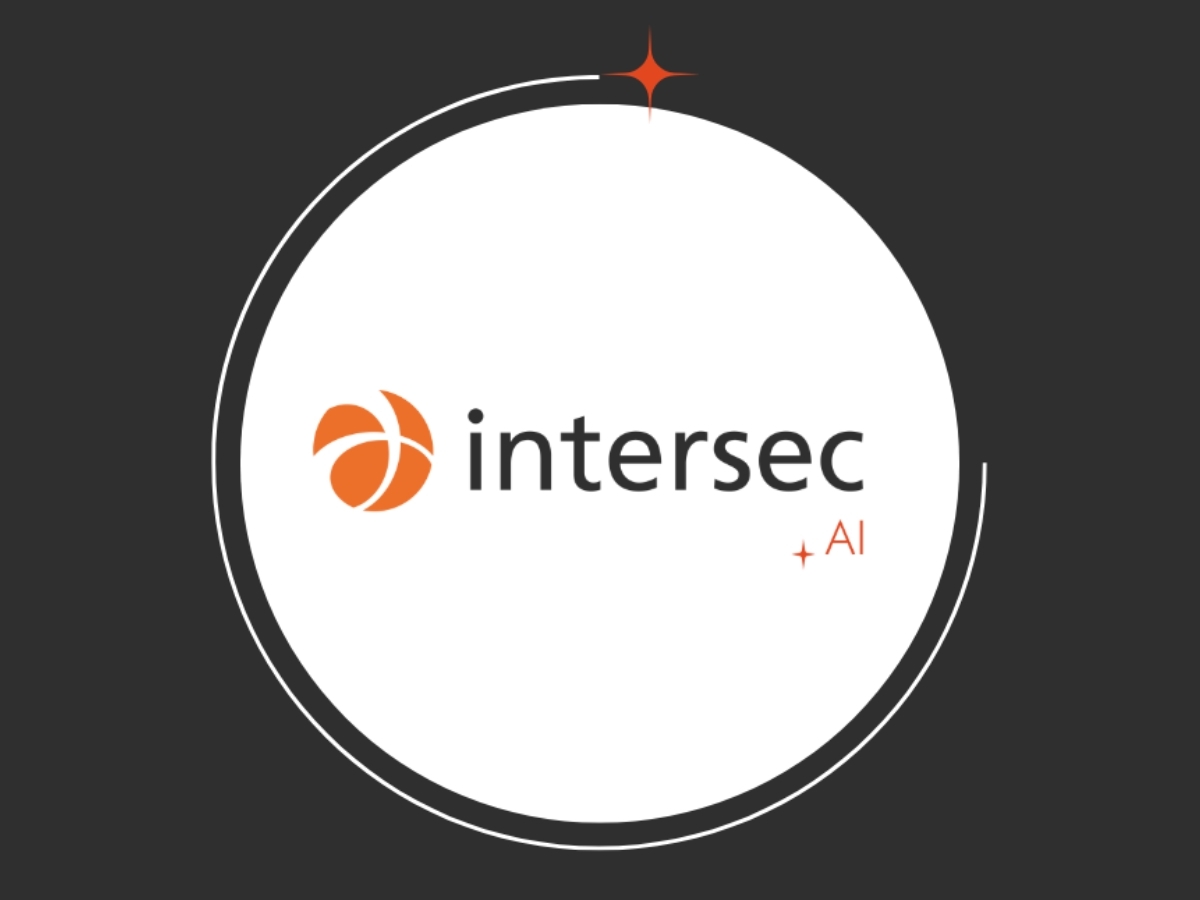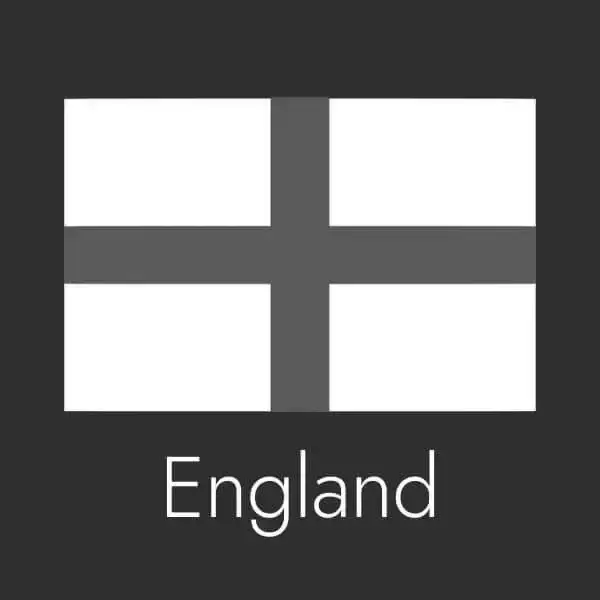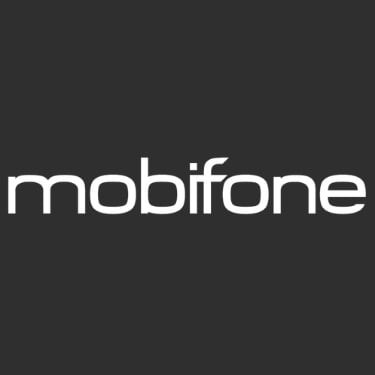POPULATION WARNING: Article 110 of the EECC [By June 2022] and UN initiative [By the end of 2027]
As of June 2022, article 110 of the European Electronic Communications Code (EECC) requires public authorities to deploy public warning systems based on telecommunications networks. The Body of European Regulators for Electronic Communications (BEREC) issued guidelines on the assessment of the efficiency of public warning systems conveyed through various mediums. These guidelines aim to assist governments in the implementation of Article 110 of the EECC.
Geotargeted alerts to mobile devices
In practice, this means that everyone in Europe should now be able to be warned on their mobile phone if they are located in an area where danger is developing (whether they are residents or visitors in that area). Two technologies ensure compliance with this legislation: cell broadcast and location-based SMS. The alerts must be geotargeted, meaning that they are sent only to individuals in the affected area, including visitors and tourists.
For more information: EENA Source
Accessibility
Article 110 of the EECC states that public warning messages must be clear and understandable, and must contain information on the nature of the emergency or disaster, the location of the affected area, and any necessary instructions or advice. Messages must also be available in accessible formats for people with disabilities.
Early warning system (EWS)
More recently, the Early Warnings For All Initiative (EW4All), formally launched by the UN Secretary-General in November 2022 at the COP27 meeting in Sharm El-Sheikh, calls for the whole world to be covered by an early warning system by the end of 2027.
For more information: UN source
EMERGENCY CALLS: Article 109 of the EECC
Under Article 109, paragraph 6 of the European Electronic Communications Code (EECC), Member States are required to ensure that caller location information is made available to the most appropriate Public Safety Answering Point (PSAP) without delay after an emergency communication is set up. This includes both network-based and handset-derived caller location information. When using a smartphone to make an emergency call, the caller's location can be determined through the handset's position through Advanced Mobile Location (AML) and/or the position derived from the mobile networks.
To further support this requirement, the European Commission adopted Delegated Regulation (2023/444), which requires Member States to define national criteria for caller location accuracy and reliability. This includes recommendations from EENA that AML should achieve a precision of within 50 meters for at least 80% of calls.
For more information: EENA
 Telco requirements & deadlines for emergency services" />
Telco requirements & deadlines for emergency services" />

.jpg)









.webp)


.webp)




















